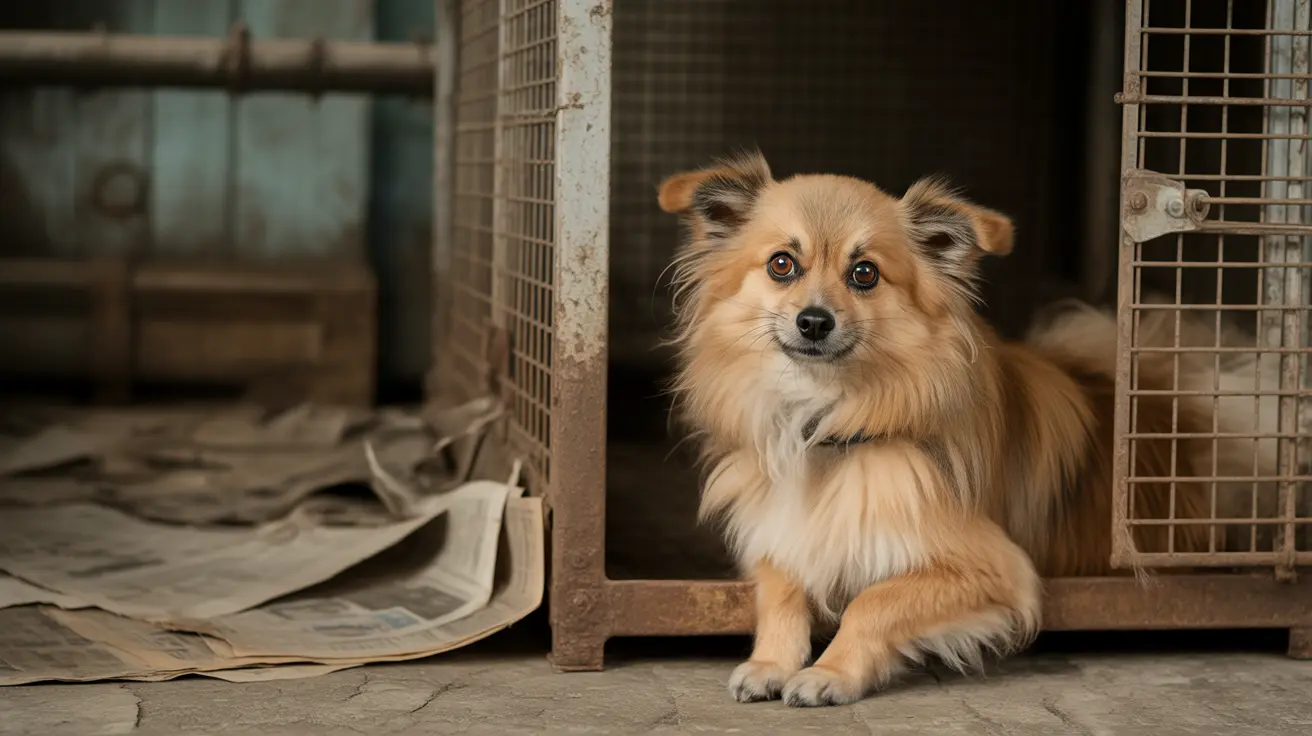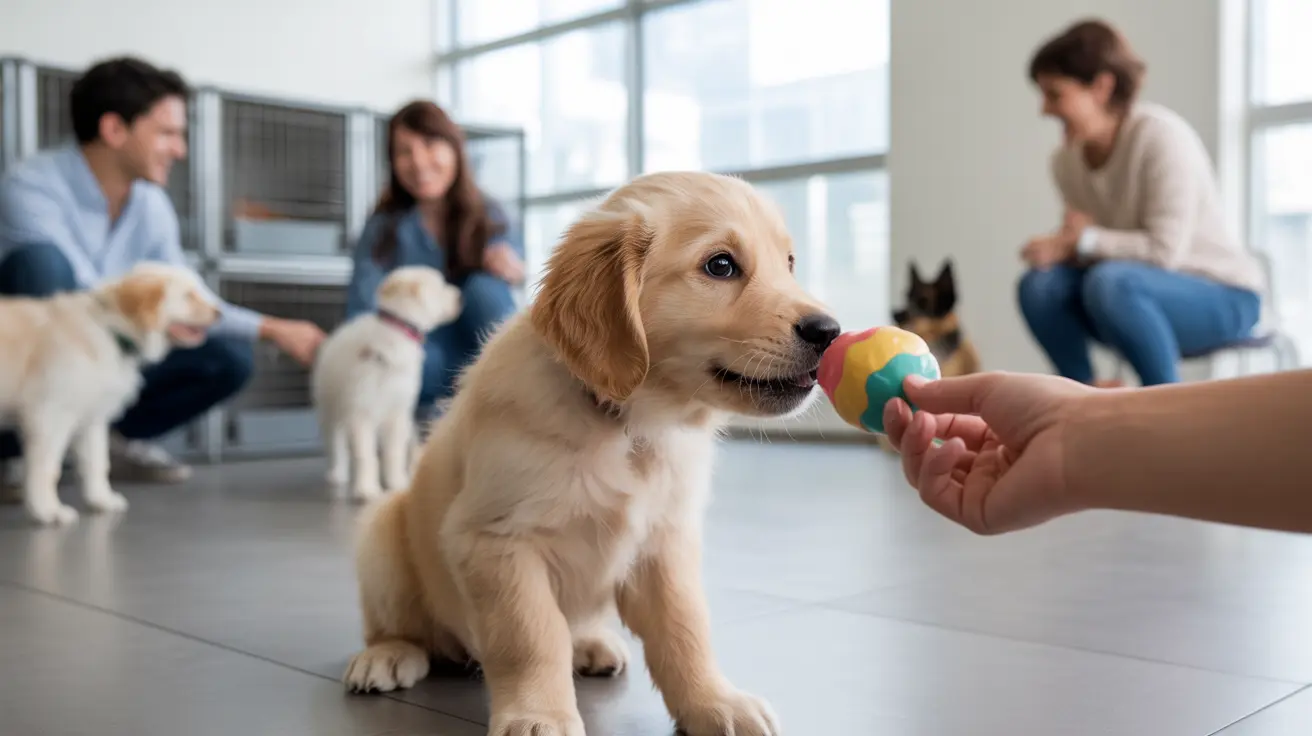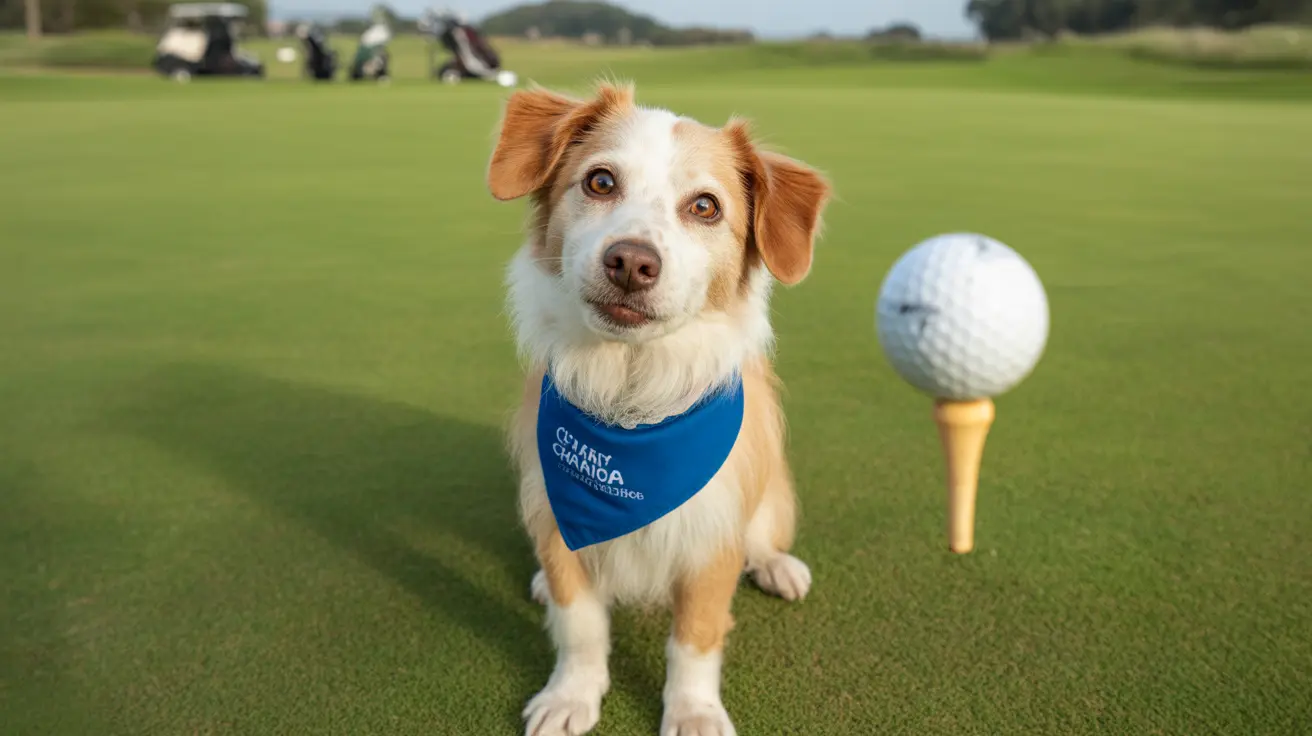Can Dogs Eat Lamb Bones? A Detailed Guide for Pet Owners
Many dog owners picture their furry friends gnawing happily on a bone, but when it comes to lamb bones, there are crucial safety considerations. Not all bones are created equal, and feeding the wrong type can lead to dangerous consequences for your dog.
The Difference Between Raw and Cooked Lamb Bones
The most important factor is whether the lamb bone is raw or cooked. Raw lamb bones are generally harder and less likely to splinter than cooked ones. Chewing raw bones can help clean your dog's teeth and provide mental enrichment. However, even raw bones carry risks if not chosen carefully.
Cooked lamb bones—such as those left over from roasts or chops—should never be given to dogs. Cooking makes the bone brittle, so it can easily break into sharp fragments when chewed. These splinters may cause:
- Mouth injuries
- Choking hazards
- Blockages in the gastrointestinal tract
- Perforations that lead to infection or internal bleeding
No matter the animal source, cooked bones are unsafe for dogs.
When Are Raw Lamb Bones Safe?
If you want to offer your dog a raw lamb bone, size matters. The bone should be large enough that your dog can't fit it entirely in their mouth or swallow it whole. Suitable choices for medium to large dogs include:
- Raw lamb ribs (large pieces)
- Lamb shanks
- Lamb tail bones
Chewing on these raw bones helps strengthen jaw muscles and provides enrichment, but always supervise your dog during chew sessions. Remove the bone if it starts to splinter or becomes small enough to swallow.
Bones: Potential Hazards and Precautions
Bones offer some benefits, but they also come with risks:
- Small bones, like those from chops or small ribs, can be swallowed whole and cause choking or intestinal blockages.
- Large, dense bones may break teeth if chewed too aggressively.
- Marrow inside the bone is rich and may upset sensitive stomachs or trigger pancreatitis.
- Bones are not suitable for all dogs:
- Dogs with digestive issues or prior gastrointestinal surgery should avoid them.
- Puppies, elderly dogs, or those with dental problems are at higher risk of complications.
- Bones should be fresh and from a reputable source.
- Store raw bones in the refrigerator or freezer until use.
- Feed raw bones only once or twice a week.
- Wash hands thoroughly after handling raw bones.
If Your Dog Eats a Cooked Lamb Bone: What To Do?
If your dog accidentally eats a cooked lamb bone—or any cooked bone—watch closely for signs of trouble:
- Vomiting or loss of appetite
- Lethargy or shallow breathing
- Painful abdomen or bloating
- Blood in stool or saliva
- Trouble defecating (straining, constipation)
- Diarrhea, whining, excessive drooling, retching
If any of these symptoms appear, seek veterinary care immediately. In some cases, dietary fiber (like pumpkin) may help pass small fragments safely—but always follow professional advice. Don't try to induce vomiting at home; this could make things worse by causing sharp fragments to injure your dog's throat on the way back up.
The Debate: Should You Feed Bones At All?
The topic divides veterinarians and pet owners alike. Some vets recommend avoiding all types of animal bones due to potential dangers. Others allow occasional feeding of large, raw bones from appropriate sources with strict supervision. Regardless of opinion, there's universal agreement that cooked bones—and especially small, brittle ones—are never safe for dogs.
Safe Alternatives To Lamb Bones For Dogs
If you're looking for ways to satisfy your dog's urge to chew while minimizing risk:
- Select sturdy chew toys designed specifically for dental health.
- Try rawhide-free treats formulated for safe chewing.
- Dentally approved chews offer both oral benefits and behavioral enrichment without the hazards of real bone fragments.
Main Takeaways For Dog Owners About Lamb Bones
- Nix cooked lamb bones entirely—they're dangerous and can cause serious harm.
- If offering a raw lamb bone: ensure it's large enough not to swallow; supervise chewing; remove when small/splintered; limit frequency; store properly before use.
- If you suspect obstruction or distress after any type of bone ingestion—especially cooked—contact your veterinarian right away.
Your vet knows best when it comes to tailoring advice for your dog's unique health needs and habits. When in doubt about feeding any type of bone (lamb included), ask your veterinarian first so you can keep mealtimes both safe and enjoyable for your canine companion!





